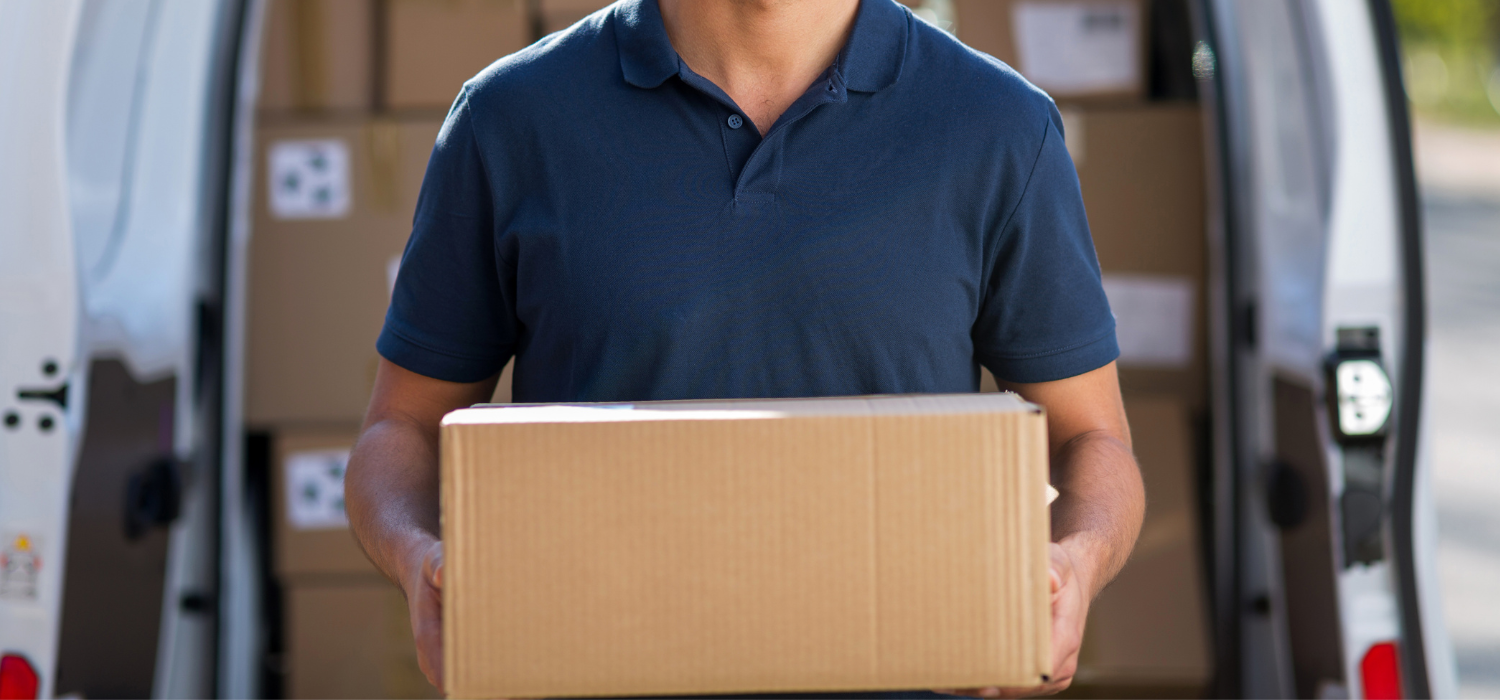The European Parliament has approved a regulatory breakthrough that could redraw the balance between sustainability and competitiveness in the European transport sector. On 8 May, an update to the CO₂ emission standards for cars and vans was finally adopted, introducing greater flexibility for manufacturers in meeting climate targets. This is a technical measure but one with a strong strategic impact that involves not only the automotive industry, but also logistics and eCommerce operators who rely on efficient and sustainable transport networks on a daily basis.
The main change consists of greater flexibility for manufacturers, who will therefore be able to calculate average emissions on a three-year basis (2025-2027) instead of annually. This change reflects the European Union’s desire to support the transition to low-emission mobility without compromising industrial competitiveness.
For those managing fleets or urban delivery solutions, this new regulation opens up not only new opportunities, but also some challenges. Here is everything you need to know.
What the new EU Regulation on CO₂ emissions provides for.
Flexibility on a three-year basis
At the heart of the new EU CO₂ Emission Standard is a measure that will really change the rules of the game for European car and light commercial vehicle manufacturers: the possibility of calculating the average CO₂ emissions of their fleets on a three-year basis (2025, 2026 and 2027), instead of annually.
In concrete terms, this means that any overruns in a single year can be compensated with better performance in the following two years. A solution designed to mitigate the effect of external shocks, such as the recent crises in supply chains, semiconductor shortages or unstable production cycles, which have put the industry’s capacity for innovation under pressure in recent years.
Fast-track procedure for the legislative process
Aware of the need to act quickly, the European Parliament chose to use the urgency procedure provided for in Rule 170 of the Rules of Procedure, which made it possible to reduce the time needed for debate and examination by avoiding the longer passage through parliamentary committees.
The result? A vote in favour with a large majority: 458 MEPs in favour, 101 against and 14 abstentions. A clear signal of the political will to support the European automotive industry in its energy transition.
A few days later, the Council of the European Union also gave the final go-ahead, adopting the text without making any changes. A choice that confirms the strong institutional convergence on the measure considered crucial to accompany the sector towards the climate neutrality objectives without losing competitiveness.
Impact of the new EU Regulation on CO₂ emissions on logistics and eCommerce
Fleet renewal: a push for transition
With the introduction of the three-year flexibility for calculating emissions, freight transport companies – from large carriers to local operators – gain an important planning margin. The possibility of spreading emission targets over a three-year horizon allows companies to approach the renewal of their fleets more calmly and strategically.
In the short term, this can translate into more thoughtful investments in electric vehicles, plug-in hybrids or low-emission vehicles. In the long term, however, it represents a crucial step towards the decarbonisation of commercial mobility.
For eCommerce’s logistics partners, the domino effect is immediate: complying with environmental regulations becomes more accessible, paving the way for greener logistics without sacrificing efficiency and ubiquity of deliveries.
Proximity logistics and the last mile: the new urban standard
The new European regulation is part of a context in which proximity logistics and last-mile solutions are gaining more and more ground, not least in order to cope with the increasingly stringent vehicle traffic criteria imposed by European cities.
Lockers, Pick-up Points and light electric vehicles such as Cargo Bikes and battery-powered vans are in fact redefining urban logistics. Companies that invest in these technologies are not only responding to regulatory requirements, but are also intercepting consumer preferences, which are increasingly oriented towards brands that demonstrate a concrete commitment to sustainability.
From this point of view, proximity logistics is not only a ‘green’ answer but also a competitive lever for those operating in the eCommerce world, thanks to a more efficient, sustainable service aligned with the environmental expectations of European markets.
Why eCommerce managers and retailers must pay attention to the new EU Regulation
Consumer choices today are influenced by increasingly green values. Integrating low-emission solutions into your supply chain can therefore:
- Improving the environmental reputation of eCommerce;
- Reduce operating costs in the medium to long term;
- Differentiating supply in the market.
In order not to be caught unprepared, eCommerce managers must therefore:
- Monitor European and national regulatory developments;
- Collaborate with logistics operators aligned with environmental objectives;
- Consider modular and flexible solutions, such as the proximity logistics systems offered by GEL Proximity, to optimise logistics operations and improve the customer experience.
GEL Proximity is a technology platform that enables eCommerce businesses to integrate over 300,000 Collection Points and Lockers across Europe, offering consumers convenient and sustainable Out Of Home delivery options. Our Network includes newsagents, stationers, post offices, tobacconists, shops and petrol stations, all of which are enabled to both receive parcels and send returns.
Integrating GEL Proximity into the checkout process allows you to reduce the cart abandonment rate, improve shipping costs through first-time delivery success and reduce the environmental impact of deliveries. In addition, the platform offers functionality for returns management, allowing customers to easily return products through the same network of Collection Points.
For logistics operators and retailers, GEL Proximity represents a scalable and customisable solution that facilitates the adoption of more efficient and environmentally friendly delivery models, responding to the growing need for sustainability and flexibility in the eCommerce sector.
A more sustainable Europe starts with mobility
The reform on CO₂ standards is therefore a key building block in the European climate neutrality strategy to 2050. For those involved in e-commerce, distribution or city logistics, the direction is clear: innovate, invest and cooperate for a more efficient, flexible and above all sustainable transport system.
GEL Proximity offers concrete solutions for integrating proximity logistics into your eCommerce strategy.
Find out now how GEL Proximity can support your green logistics!












